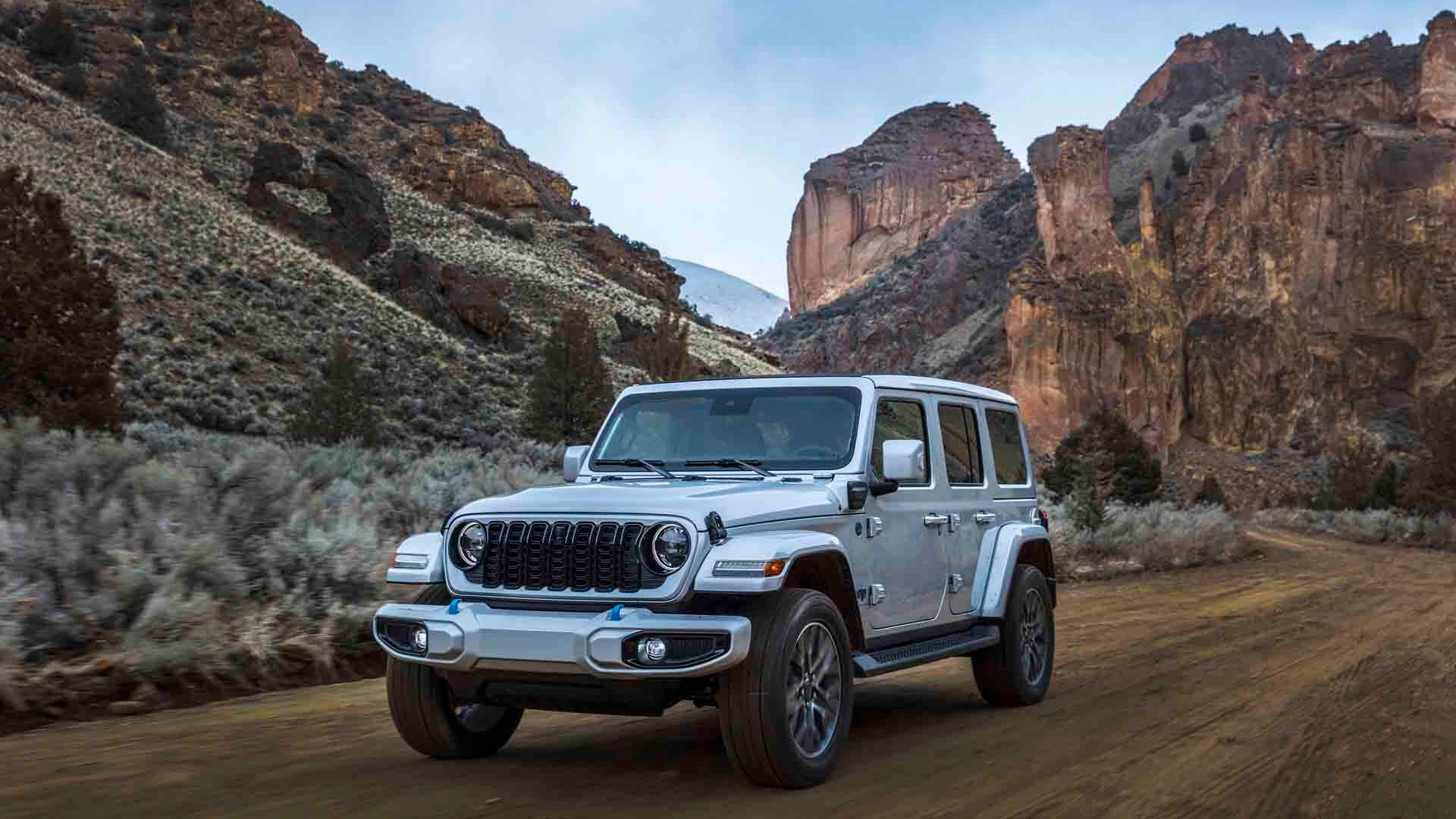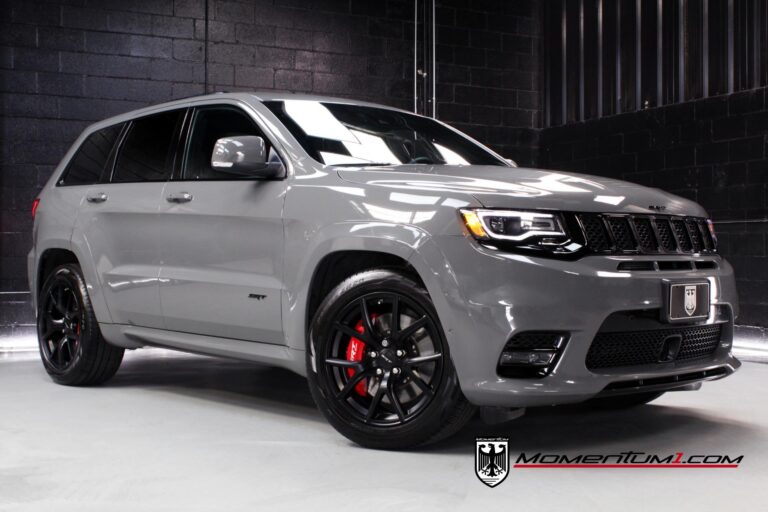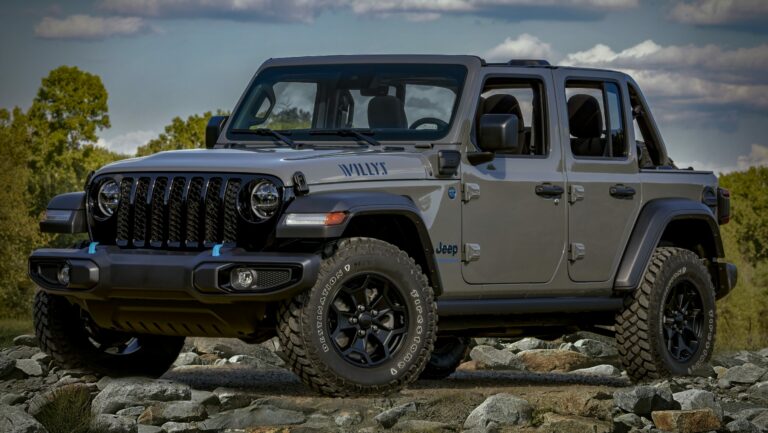Jeep Wrangler Versus Rubicon: Unpacking the Off-Road Icon
Jeep Wrangler Versus Rubicon: Unpacking the Off-Road Icon jeeps.truckstrend.com
An Engaging Introduction
The Jeep Wrangler. For many, it’s more than just a vehicle; it’s a symbol of freedom, adventure, and unparalleled off-road capability. Its iconic design and rugged reputation have cemented its place in automotive history. However, within the vast and versatile Wrangler family, one name stands out as the undisputed king of the trails: the Rubicon. This article delves deep into the "Jeep Wrangler Versus Rubicon" debate, clarifying that while the Rubicon is a Wrangler, it represents the pinnacle of factory-built off-road prowess. We’ll explore the core differences, the distinct advantages each offers, and help you navigate the choice between the standard Wrangler trims and the legendary Rubicon, ensuring you select the perfect companion for your adventures, whether they lead you down paved roads or untamed paths.
Jeep Wrangler Versus Rubicon: Unpacking the Off-Road Icon
Understanding the Lineage: What is a Jeep Wrangler?
Before pitting the Rubicon against its brethren, it’s crucial to understand the foundational vehicle: the Jeep Wrangler. The Wrangler is a series of compact and mid-size four-wheel drive off-road SUVs manufactured by Jeep since 1986, and currently in its fourth generation (JL). It is a direct descendant of the World War II Jeep, renowned for its rugged simplicity and go-anywhere attitude. All Wranglers, regardless of trim, share fundamental characteristics: body-on-frame construction, solid front and rear axles, a robust 4×4 system, removable doors and tops, and a design language that pays homage to its military heritage. From the entry-level Sport to the more refined Sahara, every Wrangler promises a unique open-air driving experience and a baseline of off-road capability far beyond most other SUVs.
The Standard Bearer: Exploring the Core Jeep Wrangler Models (Sport, Sahara, Willys, etc.)
The "standard" Jeep Wrangler encompasses a range of trims designed to cater to various needs and budgets. These models, such as the Sport, Sport S, Sahara, and Willys, offer a blend of daily drivability and respectable off-road performance.
- Target Audience: These trims appeal to a broad audience, from those seeking a unique daily driver with the option for light weekend trail adventures, to enthusiasts who plan extensive aftermarket modifications. They offer a more comfortable on-road experience compared to the Rubicon due to less aggressive tires and suspension setups.
- Key Features:
- Engine: Typically available with the 3.6L Pentastar V6, 2.0L Turbo I4, or the 3.0L EcoDiesel V6 (older models).
- Axles: Generally equipped with Dana 30 front and Dana 35 rear axles (Sport/Sport S) or Dana 44 (Willys, Sahara on some configurations). While strong, they are not as robust as the Rubicon’s wide-track Dana 44s.
- Suspension: Coil spring suspension tuned for a balance of on-road comfort and off-road articulation.
- Tires: Usually come with all-terrain tires ranging from 30 to 32 inches, offering a good compromise for various conditions.
- Transfer Case: Command-Trac NV241 part-time 4×4 system with a 2.72:1 low-range gear ratio, providing ample torque for most off-road situations.
- Interior: Depending on the trim, interiors can range from basic cloth seats and manual windows in the Sport to leather-trimmed seats, advanced infotainment, and creature comforts in the Sahara.


- On-Road vs. Light Off-Road Capability: These Wranglers excel in general commuting and are more than capable of handling dirt roads, moderate trails, and light rock crawling. Their stock setup is ideal for exploring national parks, camping trips, and navigating snowy conditions. They provide an excellent platform for those who might upgrade components later.
The Off-Road King: Unpacking the Jeep Wrangler Rubicon
The Jeep Wrangler Rubicon isn’t just another trim level; it’s a dedicated off-road machine, engineered from the factory to conquer the most challenging terrain. Named after the legendary Rubicon Trail in California, it embodies the ultimate expression of Wrangler’s capability.
- Target Audience: The Rubicon is designed for serious off-road enthusiasts, adventurers who frequently tackle difficult trails, and those who want the absolute best factory off-road performance without immediate modifications. It’s for drivers who demand extreme articulation, traction, and durability right off the showroom floor.
- Key Differentiating Features (Why it’s the King):
- Dana 44 Heavy-Duty Axles: Comes standard with wider, heavier-duty Dana 44 front and rear axles (often referred to as "next-generation" or "wide-track" Dana 44s for improved stability and strength).
- Electronic Locking Differentials (Tru-Lok®): Both front and rear differentials can be electronically locked with the push of a button. This forces both wheels on an axle to spin at the same rate, providing maximum traction in slippery or uneven terrain by preventing power from going to the wheel with less resistance.
- Electronic Sway Bar Disconnect (Active Sway Bar System): Allows the driver to electronically disconnect the front sway bar at low speeds (up to 18 mph) for increased wheel articulation and suspension travel, enabling wheels to maintain contact with the ground over extreme obstacles.
- Rock-Trac® 4×4 System: Features a heavy-duty NV241OR transfer case with a significantly lower 4LO (low-range) gear ratio of 4:1. This provides an incredibly low crawl ratio, allowing for precise, controlled movement over rocks and steep ascents/descents.
- Larger Tires: Typically equipped with more aggressive 33-inch (or even 35-inch on Rubicon 392 and Xtreme Recon Package) BFGoodrich All-Terrain T/A KO2 tires from the factory, providing superior grip and ground clearance.
- High-Clearance Fenders: Designed to accommodate the larger tires and provide better clearance for articulation.
- Rock Rails: Integrated steel rock rails protect the body and sills from damage when navigating rocky terrain.
- Skid Plates: Enhanced underbody protection for critical components like the fuel tank, transfer case, and transmission.
- Extreme Off-Road Capability: The combination of these features makes the Rubicon a formidable off-road machine. It can tackle challenging rock crawling, steep inclines, deep ruts, and slippery conditions with a level of confidence and capability unmatched by other stock vehicles.
Head-to-Head: A Feature-by-Feature Comparison
Let’s break down the core differences in a comparative format:
| Feature | Standard Wrangler (Sport/Sahara/Willys) | Jeep Wrangler Rubicon |
|---|---|---|
| Axles | Dana 30 Front / Dana 35 Rear (Sport/S), Dana 44 (Willys/Sahara opt.) | Heavy-Duty Wide-Track Dana 44 Front & Rear |
| Differentials | Open differentials (Brake Lock Differential standard) | Electronic Tru-Lok® Locking Differentials (Front & Rear) |
| Transfer Case | Command-Trac NV241 (2.72:1 Low Range) | Rock-Trac NV241OR (4:1 Low Range) |
| Sway Bar | Fixed Front Sway Bar | Electronic Front Sway Bar Disconnect |
| Suspension | Coil Spring, tuned for balance | Performance Coil Spring, enhanced articulation |
| Tires (Stock) | 30-32 inch All-Terrain (e.g., Bridgestone, Firestone) | 33-inch BFGoodrich All-Terrain T/A KO2 (or 35-inch opt.) |
| Ground Clearance | Varies by trim, typically 9.7-10.8 inches | 10.8 inches+ (due to larger tires/suspension) |
| Approach/Departure Angles | Excellent, but slightly less aggressive than Rubicon | Best-in-class, optimized for extreme obstacles |
| Exterior Protection | Skid plates (basic), no rock rails on most trims | Enhanced Skid Plates, Heavy-Duty Rock Rails |
| Gearing | Typically 3.45, 3.73, or 4.10 axle ratios | Lower axle ratios (e.g., 4.10 standard) for better crawl |
| Interior Amenities | Varies by trim, from basic to premium options | Similar to higher trims, unique badging, sometimes red accents |
| Price (MSRP) | Starting around $32,000 – $50,000+ | Starting around $48,000 – $65,000+ (significantly higher) |
The Driving Experience: On-Road vs. Off-Road Performance
The distinct mechanical differences translate into very different driving experiences.
-
On-Road Performance:
- Standard Wranglers: Generally offer a smoother and quieter ride on pavement, especially trims with less aggressive tires and higher (numerically lower) axle ratios. They are more forgiving for daily commuting and highway travel, with less road noise and slightly better fuel economy (though no Wrangler is a fuel sipper).
- Rubicon: The Rubicon’s aggressive tires, higher stance, and specialized suspension can make it feel a bit more "truck-like" on the road. There’s more road noise from the knobby tires, and the stiffer off-road suspension can be felt more over bumps. While perfectly drivable as a daily driver, it prioritizes off-road capability over refined on-road manners.
-
Off-Road Performance:
- Standard Wranglers: Highly capable for the vast majority of off-road enthusiasts. They can navigate moderate trails, climb hills, and traverse rocky paths with ease. For weekend warriors and casual explorers, these models provide more than enough capability.
- Rubicon: This is where the Rubicon truly shines. Its specialized features allow it to tackle trails that would stop most other vehicles (including standard Wranglers) dead in their tracks. The locking differentials provide unparalleled traction, the electronic sway bar disconnect allows for extreme articulation, and the low crawl ratio ensures precise control over challenging obstacles. If you’re planning to conquer the most technical trails or engage in serious rock crawling, the Rubicon is the clear winner.
Who is it For? Choosing the Right Wrangler for You
Deciding between a standard Wrangler and a Rubicon boils down to your primary use case, budget, and future modification plans.
-
Consider a Standard Wrangler (Sport, Sport S, Sahara, Willys) if:
- You plan to use your Wrangler primarily as a daily driver with occasional light-to-moderate off-road adventures.
- Your budget is a significant factor, and you want to save on the initial purchase price.
- You enjoy customizing your vehicle and plan to upgrade components (tires, lift, axles, lockers) over time. A standard Wrangler provides an excellent blank canvas for building your dream rig, potentially saving money if you only need specific upgrades.
- You prefer a slightly more comfortable and quieter ride on paved roads.
-
Choose the Wrangler Rubicon if:
- You demand the absolute best factory off-road capability and plan to tackle challenging, technical trails regularly.
- You want a "turn-key" off-road machine that’s ready for anything right off the lot, without needing immediate modifications.
- Your budget allows for the premium price tag, understanding that you’re paying for specialized, heavy-duty components.
- You prioritize extreme articulation, maximum traction, and rock-crawling prowess above all else.
- You appreciate the peace of mind that comes with factory-backed heavy-duty components and warranty coverage for extreme use.
Modifications and Upgrades: Starting Points for Each Model
Both standard Wranglers and the Rubicon can be extensively modified, but their starting points differ significantly.
- Standard Wranglers: These are fantastic platforms for customization. You can add larger tires, lift kits, aftermarket lockers, stronger axles, and even sway bar disconnects. The advantage is that you can build your vehicle incrementally, tailoring it exactly to your needs and budget. The challenge is that achieving Rubicon-level capability can eventually cost more than simply buying a Rubicon upfront, especially if you factor in labor for complex installations like axle swaps and locker installations.
- Rubicon: The Rubicon already comes with most of the essential off-road upgrades from the factory. Modifications often focus on even larger tires (37+ inches), re-gearing for those larger tires, long-arm lift kits for maximum articulation, or high-performance shocks. It provides a solid foundation, meaning you spend less time and money on foundational upgrades and more on advanced performance enhancements.
Concluding Summary
The "Jeep Wrangler Versus Rubicon" debate isn’t about choosing one over the other, but rather understanding which specific Wrangler variant best suits your adventurous spirit and practical needs. The standard Wrangler trims offer a versatile and capable vehicle for everyday life and general off-road exploration, serving as an excellent entry point into the Jeep lifestyle. The Rubicon, however, is a purpose-built off-road beast, equipped from the factory with the heavy-duty components necessary to conquer the most extreme terrain imaginable. Ultimately, the best choice depends on your budget, your intended use, and how deeply you plan to dive into the world of off-road challenges. Both are true Jeeps, but only one is built to wear the Rubicon badge with pride.
Frequently Asked Questions (FAQ)
Q1: Is the Rubicon worth the extra cost?
A1: For serious off-road enthusiasts who regularly tackle challenging trails, absolutely. The factory-installed lockers, electronic sway bar disconnect, heavier-duty axles, and lower crawl ratio would cost significantly more to add aftermarket to a standard Wrangler, often without the same integrated warranty. For casual off-roaders or those on a budget, a standard Wrangler is often sufficient.
Q2: Can a regular Wrangler be modified to be as capable as a Rubicon?
A2: Yes, technically, you can modify a standard Wrangler (especially a Willys or Sahara with the optional Dana 44 rear axle) to achieve similar or even greater capability than a stock Rubicon. However, adding front and rear lockers, a lower transfer case, and stronger axles can be very expensive, often surpassing the price difference of just buying a Rubicon upfront.
Q3: What’s the main difference in axles between a standard Wrangler and a Rubicon?
A3: The Rubicon comes standard with wider, heavy-duty Dana 44 front and rear axles, designed for greater strength and durability under extreme off-road conditions. Many standard Wranglers use Dana 30 front and Dana 35 or optional Dana 44 rear axles, which are sufficient for general use but not as robust for hardcore rock crawling.
Q4: Do all Wranglers have removable tops and doors?
A4: Yes, a defining characteristic of all Jeep Wranglers, regardless of trim, is their ability to remove the doors and various roof options (soft top, hardtop panels, or full hardtop).
Q5: Is the Rubicon comfortable for daily driving?
A5: While drivable daily, the Rubicon’s off-road focused features (aggressive tires, stiffer suspension) can result in more road noise and a less refined ride compared to other vehicles or even other Wrangler trims. It prioritizes off-road performance over on-road comfort.
Q6: What’s the best Wrangler for beginners?
A6: For beginners, a standard Wrangler Sport or Sport S is an excellent starting point. They offer a great balance of daily usability and off-road capability without the higher cost or specialized features of the Rubicon. This allows new owners to learn their vehicle’s capabilities before needing more extreme modifications.



